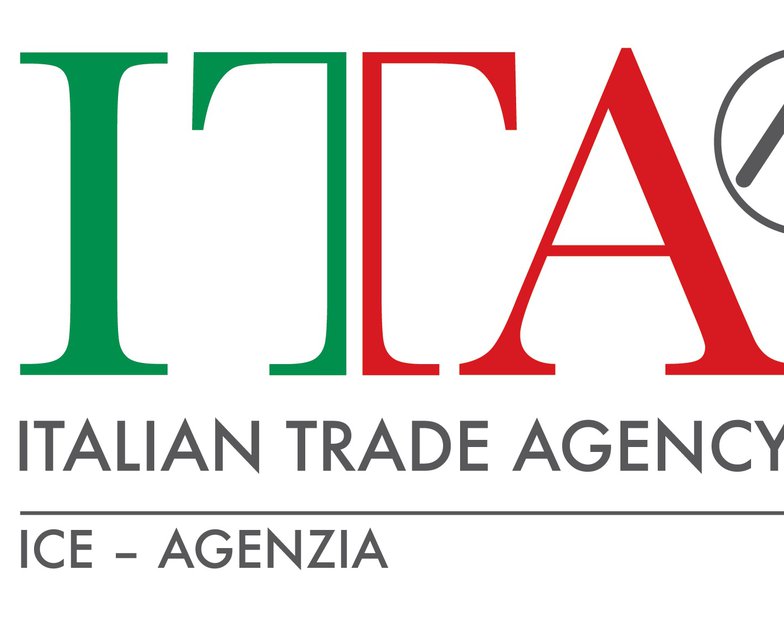There are small numbers that make the difference, such as the growth in exports of 0.24% in the last quarter of last year, the best ever in the history of the sector, writes The Expresso, also informing that a Hugo Boss plant will be established on the national territory.
The invasion of Ukraine has taken Portuguese shoe factories by surprise as they are beginning a new growth cycle. After the best quarter ever, at the end of last year, January began with a 15% increase in exports in a sector that continues to be committed to being an international reference and brings 35 companies to Milan to continue to feed the business, even in times of war, when all forecasts fall apart.
The German group Hugo Boss, in fact, has indicated that it wants to create a factory in the country to transfer footwear production, in a logic of backshoring to European suppliers.
These are seven points that help to understand how this sector is evolving:
1 - The Portuguese footwear industry closed the year up 12% on foreign markets, to 1.67 billion euros, and in the last quarter had the best performance ever on international markets, with a turnover of 412 million euros, 0.24% more than in 2017, the year that set the previous record.
2 – The pandemic has caused a 20% drop in footwear consumption globally, which is equivalent to 4 billion pairs, or 70 years of footwear production in Portugal. And international data (before the invasion of Ukraine) indicated a full recovery of the entire sector only in 2023. But the year started with the sector growing by 15% compared to January 2021, with orders increasing.
3 - Portugal exported 69 million pairs of shoes last year and grew in all relevant markets, with emphasis on Germany (+28% / 389 million euros), France (+ 4.2% / 334 million euros) and the Netherlands (+ 16.6% / 248 million euros). Outside the European context, the leading role belongs to the USA (+15.2% / 75 million euros), Canada (+ 26.7% / 12 million euros), China (+17.1% / 20 million euros) and Australia (+ 39.8% / 9 million euros).
4 - In some product segments such as safety footwear, which grew by 16% to 29 million euros, waterproof footwear, with a jump of 56%, to 56 million euros, or footwear made from textile materials that jumped by 36% to 75 million euros, the domestic industry had all-time highs in exports.
5 – Last Tuesday, the Portuguese industry launched a new promotion campaign based on the reconstruction of works by Amadeo de Souza Cardoso, Almada Negreiros, Eduardo Afonso, Almada Negreiros, Eduardo Afonso Viana, José Malhoa, Júlio Pomar and Paula Rego, continuing an investment started in 2009 and which totaled 8.5 million euros over 12 years. In this period, marked by many sales records, but also by some declines in recent years, exports increased by 38.7%, from 1.2 billion euros to 1.67 billion euros. In 2019 the growth was 50%.
6 – The average price of Portuguese footwear has increased by 24.2% since 2009, from EUR 19.45 per pair exported (ex-works), to EUR 24.16 in 2021. And the number of markets has also increased from 120 to 170.
7 – Despite the decline in exports due to the pandemic, Portuguese shoes have gained market share compared to main competitors: in 2020 foreign sales decreased by 16% compared to 2019, but world consumption decreased by 22.5% and European ones slipped by 27.5%, says World Footwear, noting that exports from Italy and Spain, the two main competitors, decreased by 23% and 16.1% respectively.



